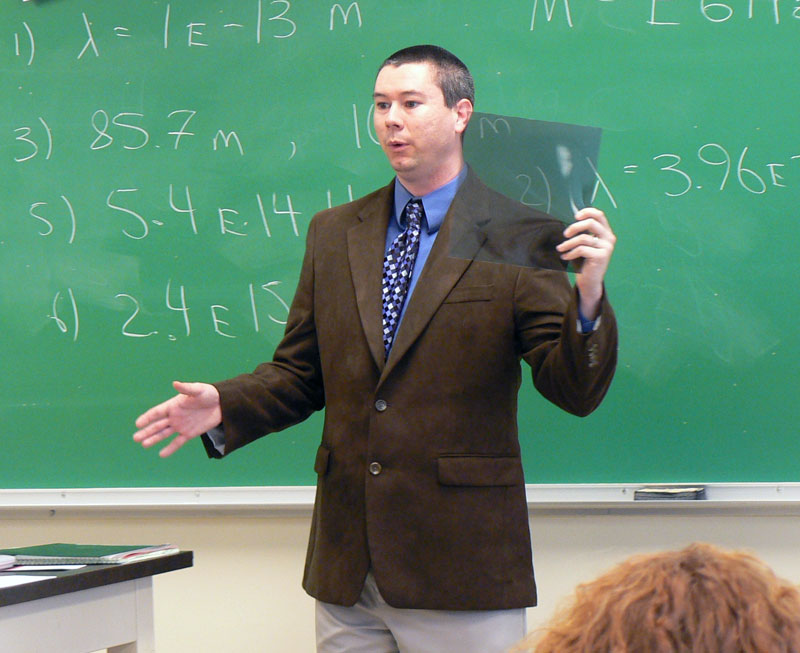“Interpreter of Maladies” by Jhumpa Lahiri
This short story provided an interesting perspective on
American families. Mr. Kapasi noticed that the Das family looked Indian, but
they dressed like foreigners. This detail provides information about American
culture. America is the melting pot of the world, and it contains various
nationalities. Also, Mr. Kapasi’s objective perspective on the behavior of the
American family revealed insight into how American’s act. He points out that American’s are concerned
more about themselves than others. Also, he notices that they are on the go and
rushing their whole life. For example, “At this Mrs. Das gave an impatient
sigh, as if she had been traveling her whole life without pause,” (Lahiri,
150). On a positive note, Mr. Kapasi noticed the appreciation Americans have
for hard working individuals. His job of being an interpreter is not valued in
India; however, the Americans find the importance of his task because he helps
save lives. The Das appeared ignorant and helpless when it came to their
problems. For example, Mrs. Das took food to the second sight they went to even
though Mr. Kapasi warned that food would provoke the monkeys to attack. The
family was ignorant of their son being attacked by the monkeys; furthermore,
not one family member rushed to help him when he was helpless and on the
ground. The perspective on American families was very interesting in this short
story, and it provided insight into how other cultures view America.



